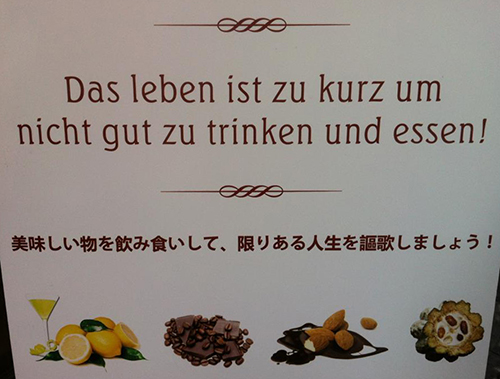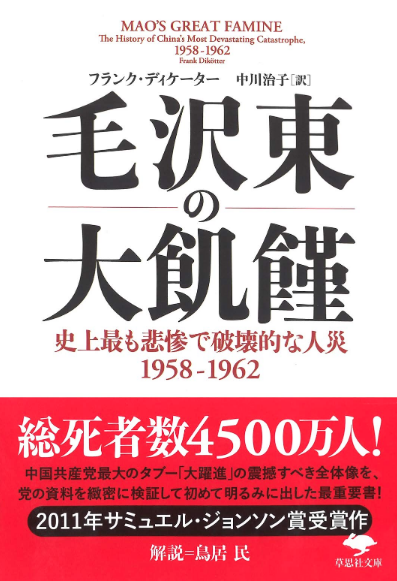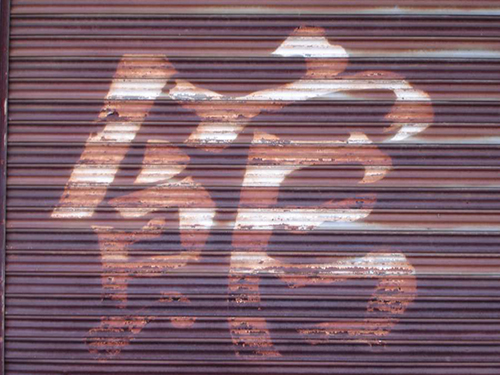184. The "Food" Radical: 食
We're quite familiar with the shape of the "food" radical 食 because it's identical to this ultra-common kanji:
食 (146: to eat; food, dish, meal; eclipse)
Henshall says in his newer edition that 食 is the pictograph of "food piled up in a vessel" and then topped by 人, which either represents a "lid" or serves as a phonetic with the associated sense "to bite."
What Is the Japanese Name of the "Food" Radical?
Because the 食 kanji has the Joyo on-yomi ショク, the Japanese refer to the 食 radical as しょく. That radical name applies to both the 食 kanji and this one:
養 (594: to foster; provide for; nourishment)
By contrast, when the radical occupies the left side of a character, we can use the name しょくへん (with -へん corresponding to -偏, which means "left-hand radical"). These kanji contain the variant:
飲 (230: to drink, swallow)
館 (247: building)
飯 (565: cooked rice; meal)
It takes nine strokes to draw 食, but one disappears when the radical shifts to the left.
Which Joyo Kanji Include the 食 Radical?
Twelve Joyo kanji feature an on-duty 食 radical, and 10 of those have a 食偏. Here are five we haven't yet seen:
餓 (1058: starvation; hungry)
飢 (1127: hunger; craving)
飼 (1322: to have (an animal))
飾 (1427: decoration; embellishment; ostentation; to display)
飽 (1802: to have had enough)
Two more are coming up soon!
Photo Credit: Eve Kushner
On this sign in Meiji Shrine in Tokyo, the English words ban only smoking, but the Japanese text prohibits visitors from doing three things:
喫煙 (きつえん: smoking)
飲食 (いんしょく: eating and drinking)
The largest word is 禁止 (きんし: prohibition).
The 歩行中 (ほこうちゅう: while walking) makes it sound as if one can get away with smoking, eating, or drinking as long as one is standing still!
The sign presents a lovely stack of our "food" radical, first with two strokes missing and then in its full glory.

Photo Credit: 縞馬さん
Where do you think the photographer found a sign in German and Japanese? Germany? Switzerland? Japan? Nope! Southern Italy! Well, that makes perfect sense! Aside from that surprise, I love this sign for four reasons:
1. It's a great test for those who know both languages but not fluently. Which sentence can you puzzle out first? Here's the Japanese one, with 飲み食い (のみくい: eating and drinking) in red because it contains two instances of our radical (being the kun-yomi version of 飲食 from the last sign):
美味しい物を飲み食いして、限りある人生を謳歌しましょう!
美味しい (おいしい: delicious); 物 (もの: thing);
限り (かぎり: limit); 人生 (じんせい: life); 謳歌 (おうか: enjoyment)
And here's the German:
Das leben ist zu kurz um nicht gut zu trinken und essen!
Ulrike and the photographer (both native German speakers) would change this to "Das Leben ist zu kurz um nicht gut zu essen und zu trinken!"
Either way, here is the same sentiment in English:
Life is too short not to enjoy eating and drinking delicious things!
2. The collection of tiny boxes in 謳歌 is way cool. The first kanji is non-Joyo and means "to extol," whereas 歌 is "to sing." Together they can mean "celebration; enjoyment." What fun!
3. The right side of 限 resembles 食. I'm talking about 艮, which is radical 138 ("stopping") and which is a mere component in 限. The on-duty radical is 阝 (radical 170: "left hill").
4. Chocolate! Chocolate! Chocolate! Need I say more?
What About the Crazy-Looking Radical in 饉 and 饑?
In kanji such as 飲, we've seen one variant of our radical. A second variant pops up in these two characters:
餌 (2024: animal feed, bait; food)
餅 (2105: rice cake)
We also find this stroke-intensive variant in non-Joyo kanji such as 饉 (food shortage; hunger) and 饑 (hunger; thirst). That left-side radical is the original shape of the "food" radical and was simplified in the original Joyo kanji set (i.e., the group of 1,945 characters that constituted the full set prior to 2010) but not in the non-Joyo set. As for 餌 and 餅, which joined the Joyo list in 2010, one also encounters these kanji with 飠on the left, but those versions of the characters aren't electronically reproducible.
The next image gives a much better view of 饉 with its busy variant form of our radical.

The second large line consists of this keyword:
大飢饉 (だいききん: severe famine) big + famine (last 2 kanji)
At the root of 大飢饉 lies 飢饉 (ききん: famine), which showcases the two variant forms of our radical!
Here's what the title means:
「毛沢東の大飢饉」
Mao's Great Famine
毛沢東 (もう たくとう: Mao Zedong)
「史上最も悲惨で破壊的な人災1958–1962」
The Most Disastrous and Devastating Calamity
Ever Caused by Humans, 1958–1962
史上 (しじょう: ever); 最も (もっとも: most);
悲惨 (ひさん: disastrous); 破壊的 (はかいてき: devastating); 人災 (じんざい: calamity caused by humans)
The book examines the horrific, fatal consequences of Chairman Mao's policies in mid-20th-century China. This work by Frank Dikotter originally appeared in English as Mao's Great Famine: The History of China's Most Devastating Catastrophe, 1958–1962.
Why Is the "Food" Radical in These Kanji?
It's logical that kanji such as 飯 (565: cooked rice; meal) and 餓 (1058: starvation; hungry) include the "food" radical, but other characters make one wonder. Here are etymologies from Henshall's newer edition:
飲 (230: to drink, swallow)
Originally, this character had a different radical, one including a pictograph of a "wine barrel." At that time, the character meant "bitter wine taste" or "drink."
館 (247: building)
The radical means "meal; to eat," and the 官 phonetic conveys "building." One scholar sees 館 as representing "place to stay or eat."
飼 (1322: to have an animal)
The ancient Chinese initially used our radical both as "to eat" and "to give to eat, feed." Thus, this character isn't about eating animals but rather about owning and taking care of them!
飽 (1802: to have had enough)
The radical means "food; to eat," and the right side means "to swell up," giving an overall meaning of "stomach grows through eating." By extension, 飽 came to mean "to become satiated, tire."
Photo Credit: Eve Kushner
At a sheep farm in the Rokko Mountains above Kobe on Honshu, this sign on a barn contains our radical in these kanji:
飼 (1322: to have (an animal))
餌 (2024: animal feed, bait; food)
Note that the sign features 餌 with the simpler form of the left-hand radical.
Here's what the writing says:
お願いと注意
Request and Warning
お願い (おねがい: request);
注意 (ちゅうい: warning)
放し飼いの動物には餌を与えないで
(Please) don't feed the grazing animals
放し飼い (はなしがい: grazing); 動物 (どうぶつ: animal);
餌 (えさ: animal feed); 与える (あたえる: to give)
This could mean "If you see the animals grazing in the fields, don't feed them" or "These animals are the type to graze, so don't feed them." The latter is more likely.
Photo Credit: Eve Kushner
To find out why our radical appears prominently at the top of each column, check out the JOK Notebook post "Ippuku."

